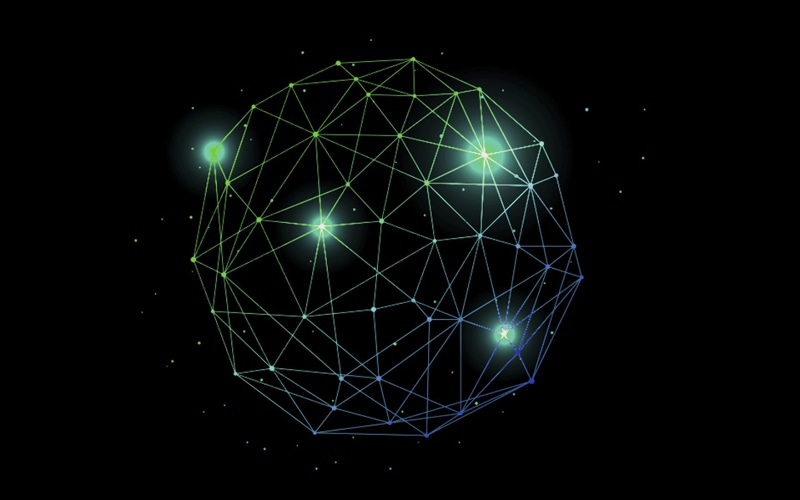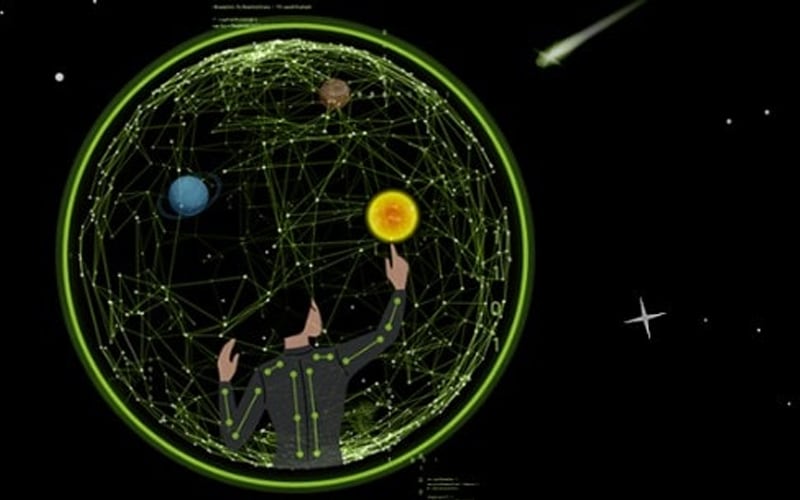Ed on the metaverse.
Can it bring people closer than ever?“We need to have a clear vision of what we want our real world to look like to make the most of the opportunities offered by the virtual one.”
Imagine hugging your loved ones virtually during the pandemic. Imagine catching a world-class theatre performance or an intimate gig with your favourite artist right there in your living room. Imagine learning to perform surgery in a helicopter, counsel a bereaved father or fight a fire in a power station, from the safety of your home or office.
This could all be possible in the metaverse, explains Ed Greig, our Chief Disruptor at Deloitte.
Ed first dabbled with the beginnings of the metaverse in 2015, when from the comfort of his desk, he stepped into a villa in Tuscany. In that mini digital getaway, Ed immediately started thinking about the possibilities of VR as part of a bigger entity, where we could take it and how we should approach it.
Ed shares fives things to know about the metaverse.
The metaverse is the internet.
It can be a force for good.
It has a place in the future of work.
We should start with societal impact and work back.
Think big, start small, test often.
Keep reading
Enjoyed learning more about the metaverse? Follow Ed for more updates and stay tuned for new releases in this series exploring big tech themes and how to make the most of them - responsibly.
One final tip from Ed: for an in-depth exploration of where the metaverse is heading, Toni Parisi’s seven principles paints a solid picture.


